Action Action 13 | Russian artist nails testicles on Red Square, lights the gates of hell
introduce
Peter Andreevich Pavlensky (Russian: ПётрАндреевич Павленский) was born on March 8, 1984 in Leningrad. He is a Russian contemporary artist known for his controversial political performance art, or responses to high-profile provocations, which he calls action.
Pavlensky studied at the Department of Memorial Painting at the St. Petersburg Academy of Arts and Industry. Pavlensky and Oksana Shalygina founded an independent online newspaper, Political Propaganda, in 2012, dedicated to contemporary art in the political context, "overcoming cultural chauvinism, implemented by the government", feminism and gender equality. Pavlensky is a prominent figure in political activism, and his work often involves nudity and self-mutilation. Pavlensky explicitly denounced the "mechanism of power" that compelled the authorities to participate in his artistic operations by performing performances in areas closely monitored by the police, explaining that "criminal cases became part of the art" and that the government "was drawn to into the process of making art."
He was granted political asylum in France on May 4, 2017 and currently resides in France. Ironically, France, which gave him asylum in 2020, put him in jail for setting fire to the National Bank of France in one of his works. The reason he was granted asylum in France that year was because he set fire to the FSB, and this time he was arrested because of a fire.
"My goal has always been to inconvenience and uncomfortable for everyone," he said.
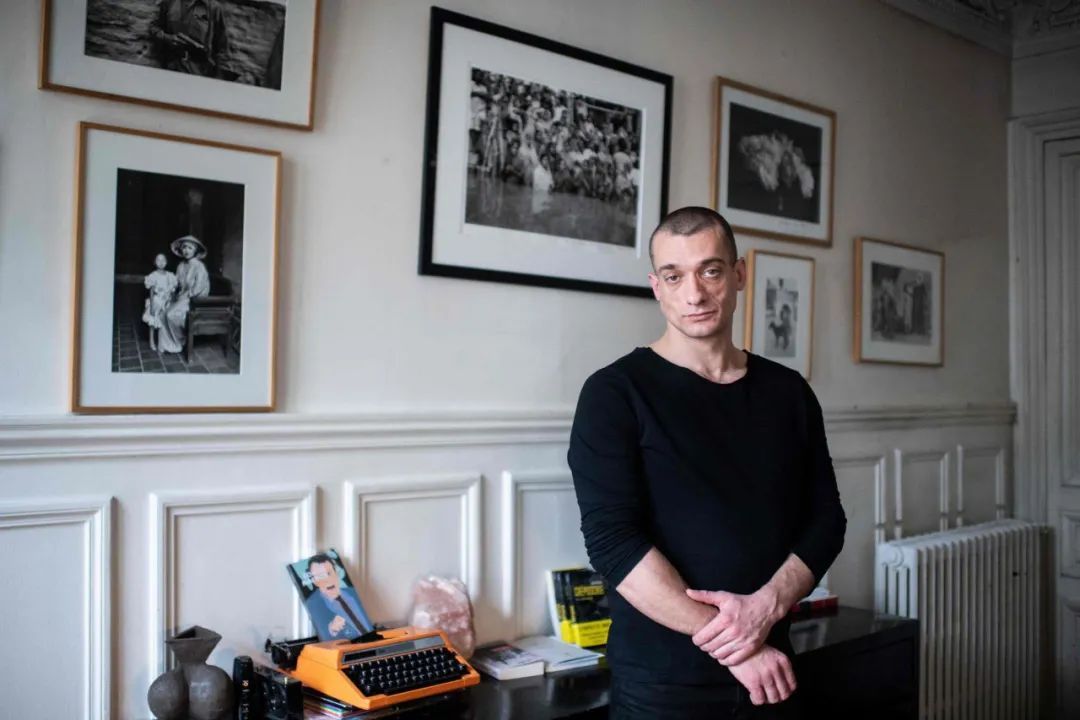
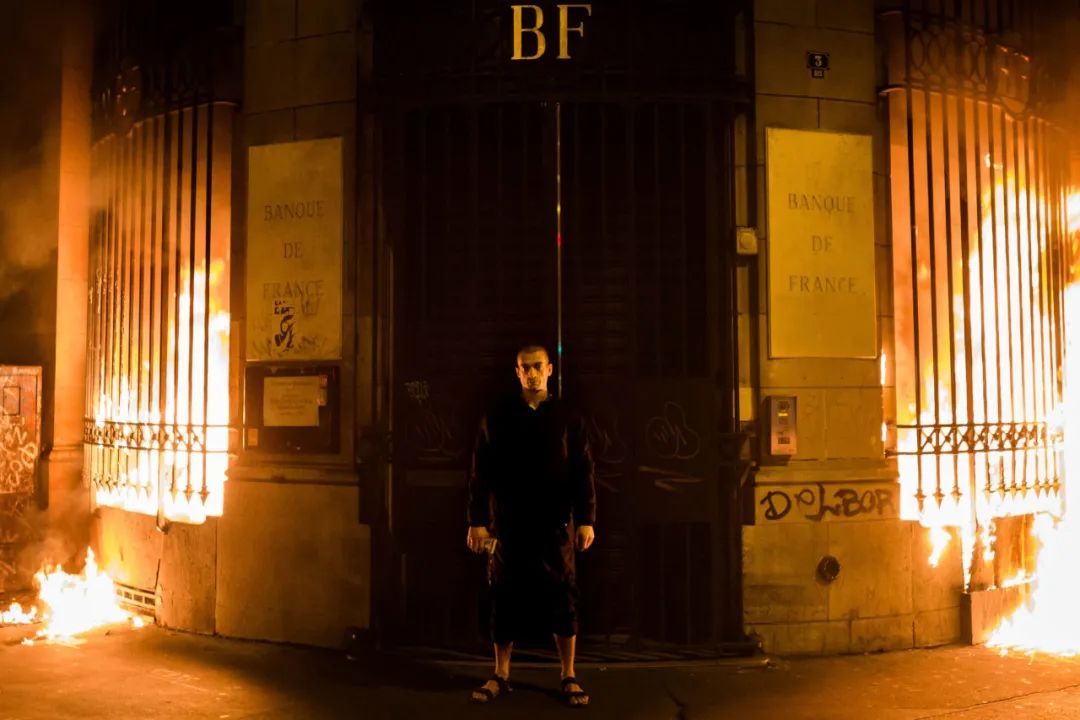
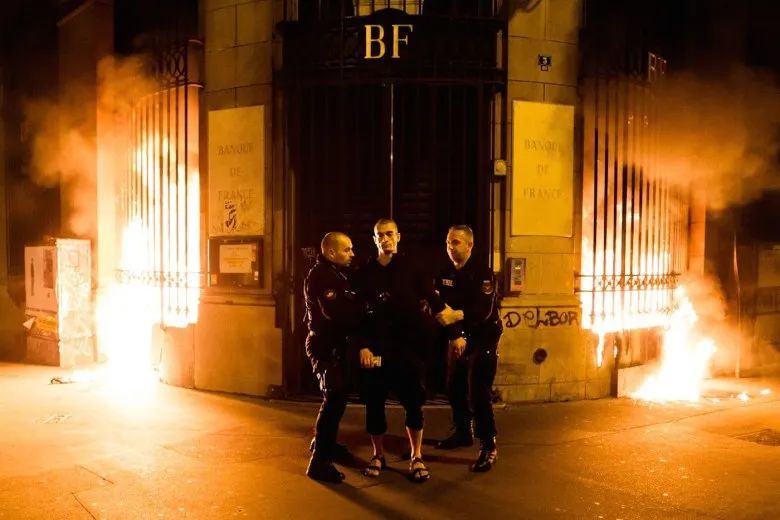
main works
2012 seam lip
Pavlensky was initially known for suturing his mouth during a political art campaign against the incarceration of members of the Russian punk group Pussy Riot. Three members of Pussy Riot have been detained since March 2012. At the time, five members of the band staged an illegal performance called "Punk Prayer" against Putin and the Russian Orthodox Church at the altar of the Cathedral of Christ the Saviour in Moscow. The performance was stopped by church security. On March 3, two members of the band, Nadezhda Tolokonnikova and Maria Alykhina, were charged with disturbing public order, offending religious believers and "after a video of their performance appeared on the Internet. He was arrested on charges of "hooliganism". On July 23, Pavlensky appeared at the Kazan Cathedral in St. Petersburg with his lips closed, holding a banner that read: "The actions of Pussy Riot are copies of the famous actions of Jesus Christ (Matthew 21:12- 13)”.
The police came quickly but could do nothing, as the artist was reticent and stood alone (in Russia, one-man demonstrations are legal, while under the newly accepted law, two or more must be arrested). The police can't move, but they can't leave either, so it becomes part of the show. Soon, an ambulance arrived, removed the stitches on Pavlensky's face, and took him to a psychiatrist who confirmed his health and sanity, and released him shortly after the incident. The artist said he was highlighting the lack of respect for artists in contemporary Russia, saying: "My purpose is not to surprise anyone or come up with something unusual. Instead, I feel I have to make an accurate reflection Posture of my situation", "My mouth shows the situation of contemporary artists in Russia, living in a public discourse that bans propaganda, tightens censorship and bans contemporary art." Pavlensky was taken to the hospital afterward Later, he faced 15 days in prison.
On November 14, 2012, Reuters published a list of the 98 best photos of the year, including "Sewn Lips."
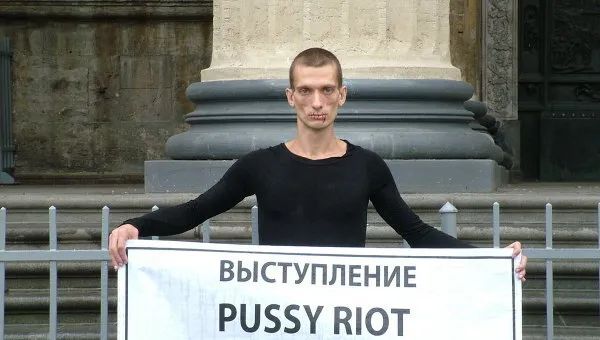
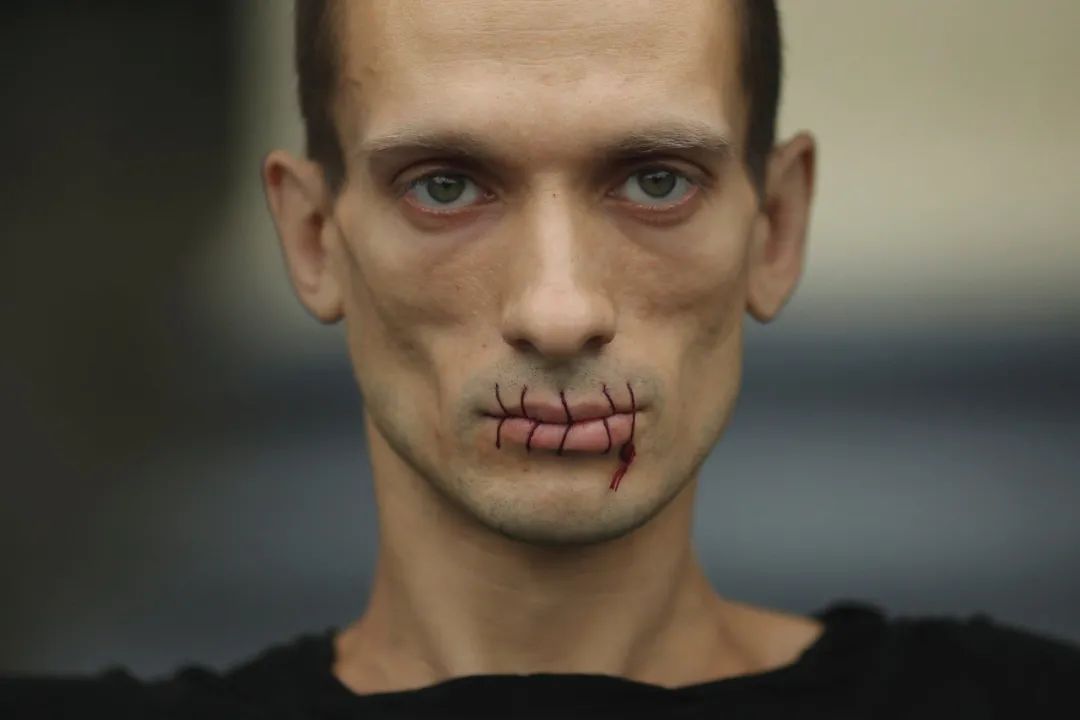
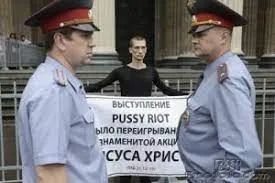
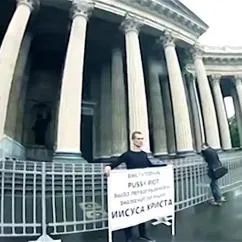
2013 Body
On May 3, 2013, Pavlensky organized a political art event in which he wanted to show one's presence in a repressive legal system. This event is called Carcass (body). His aides took him naked, wrapped in layers of barbed wire, to the main entrance of the St. Petersburg Legislative Assembly. Lying naked inside the barbed wire roll with spikes for nearly 20 minutes, the artist remained silent, half-bently motionless inside the cocoon, unresponsive to the movements of others, until the police cut the wire mesh and released him. The performance won the Russian Activism Art Alternative Award in the category of Actions Implemented in Urban Spaces in 2013.
Pavlensky made the following comments: A series of activism aimed at repressing citizens, intimidation of the population, steadily growing number of political prisoners, laws targeting NGOs, over 18 laws, censorship laws, federal communications, The activities of the Information Technology and Mass Media Oversight Service, the "promotion of homosexuality" laws - all these laws are not aimed at criminals, but at people. Finally, there are blasphemy laws. That's why I made this move. The human body is as naked as a corpse, with nothing on it but barbed wire, which, by the way, was invented to protect livestock. These laws are like barbed wire, keeping people in separate circles: all this persecution of political activists, "prisoners of May 6," government repression is a metaphor for the cage with barbed wire around it. All of this is to turn people into gutless and safe cows who can only consume, work and breed.
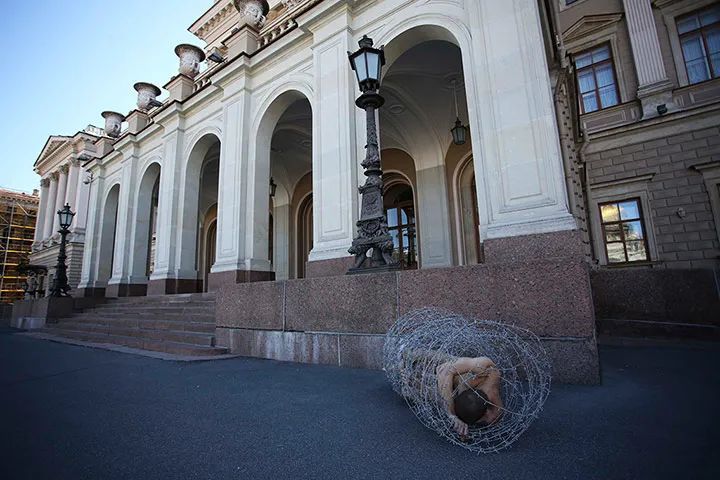
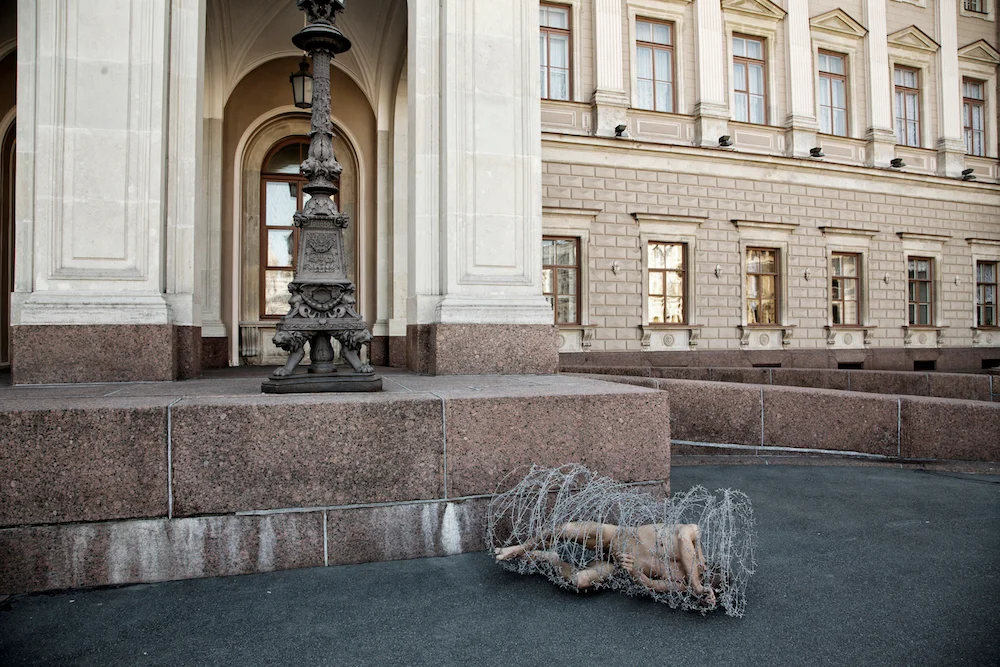
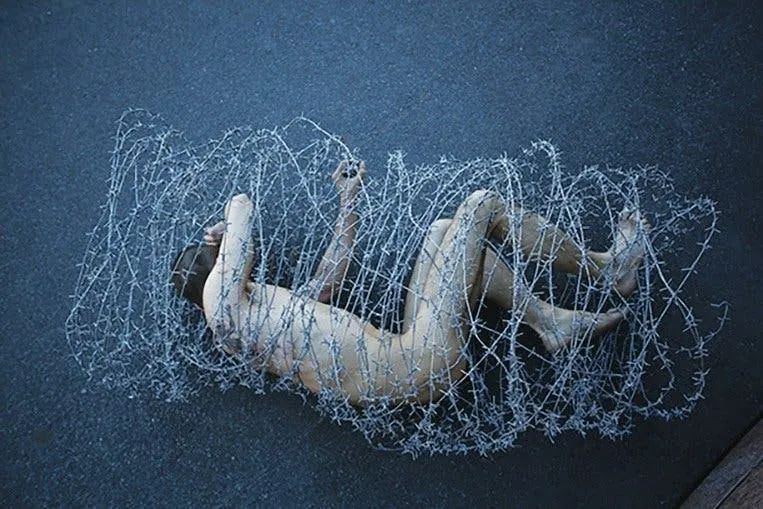
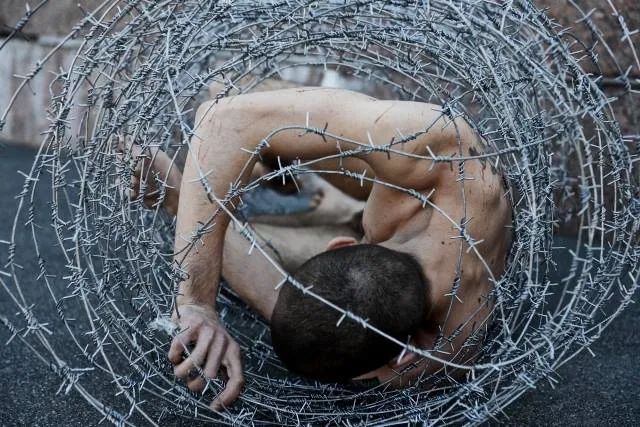
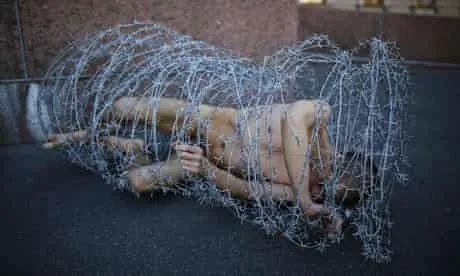

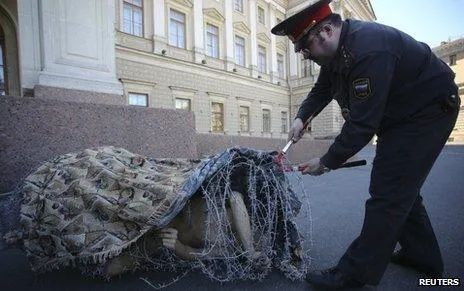
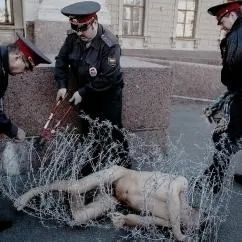
Fixed in 2013
On November 10, 2013, outside the Red Square in Moscow, Pavlensky took off his clothes in full view, pinned his testicles to the Red Square with a nail, and sat there naked for an hour and a half, Protest against the government's exploitation of people's political rights. His political art event coincides with the annual Russian Police Festival.
After the police arrived, they immediately dressed him, sent him to the hospital for treatment, and then escorted him back to the police station. He posted a statement online beforehand, saying, "A nude artist watching his balls nailed to the sidewalk of the Kremlin is a metaphor for apathy, political indifference, and the fate of contemporary Russian society ." become a big prison, openly plunder the wealth of the people, allocate funds to increase the police department and other security agencies, and make them rich, while the society accepts the tyranny, forgets its superiority in numbers, does nothing, and makes the police state closer. ” Key had heard a friend talk about the Gulag, and he heard that the guards in the Gulag would pin prisoners to the floor, so he recreated the behavior in an effort to fight a miserable life of oppression. (Gulag - was originally just a branch of the Soviet Ministry of Internal Affairs in charge of reform-through-labour camps and overseeing the serving and transportation of prisoners. But now the "Gulag" has replaced the "meat grinder" in some countries, became synonymous with an "authoritarian and oppressive system of government.")
He would have faced 15 days in prison, but the judge found the case had not been properly filed on appeal, had no crimes other than hooliganism, and a psychiatric examination showed he was sane. Povranski was released on November 11 of that year.
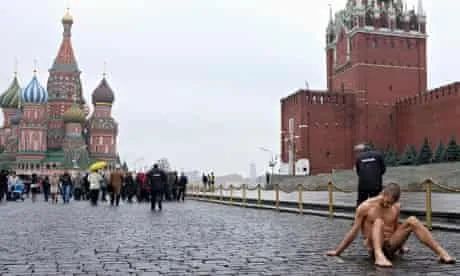
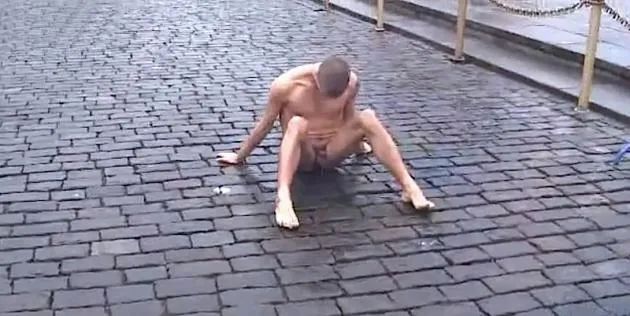
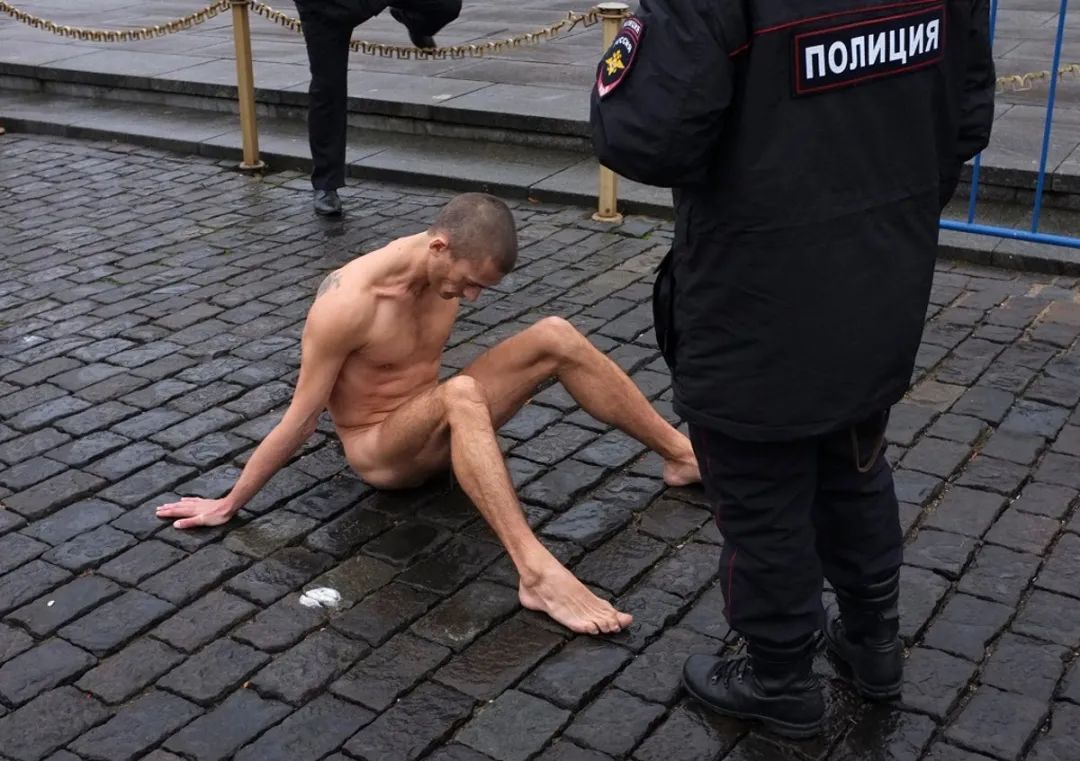

Freedom 2014
On February 23, 2014, Pavlensky organized an operation called Freedom, which was inspired by protests in Maidan, Ukraine. Pavlensky and his friends erected imitation barricades, burned tires, and beat drums on St. Petersburg's Tripartite Bridge. The operation was interrupted by the St. Petersburg police, who arrested Pavlensky and his associates.
On February 25, 2014, the Dzerzhinsky Criminal Court stopped administrative proceedings against Pavlensky on charges of hooliganism and released him. The investigation into Pavlensky's alleged violation of the rules of the political conference continues. He was charged with vandalism for burning tires. During the investigation, Pavlensky secretly recorded his interrogation with the chief investigator, Pavel Yasman, and involved him in discussions about the nature and meaning of political art. Yasman then resigned from the Russia Investigative Committee and began preparing to become a lawyer to defend Pavlensky. Transcripts of the conversations are published in several countries as "Art Conversations".
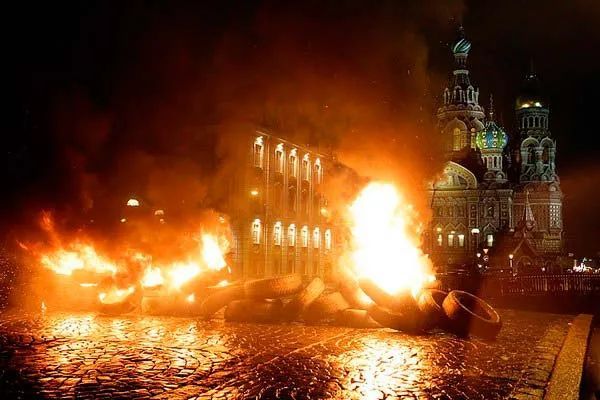
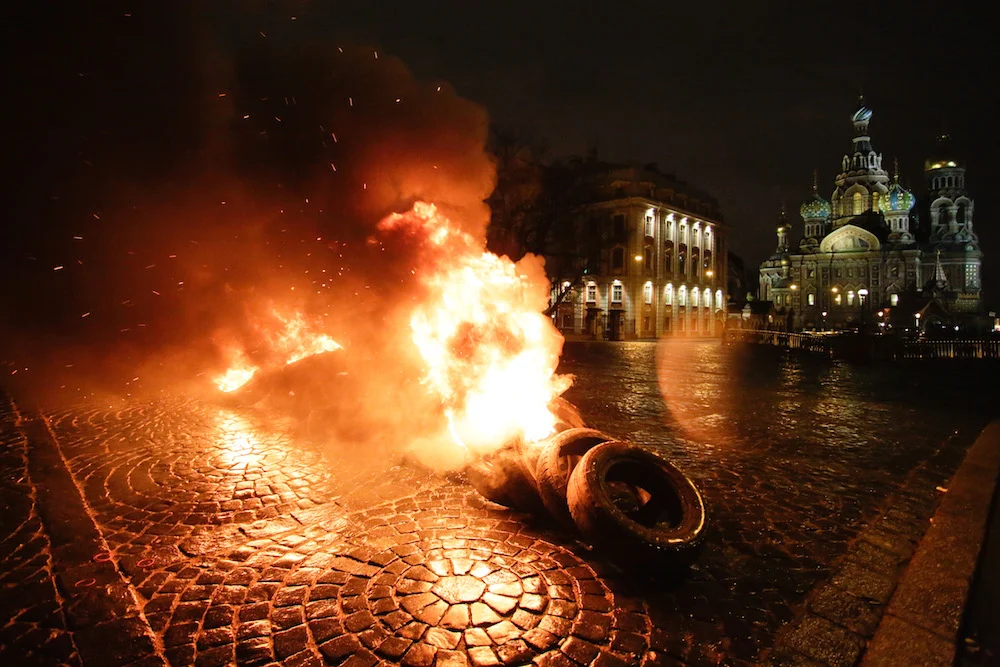
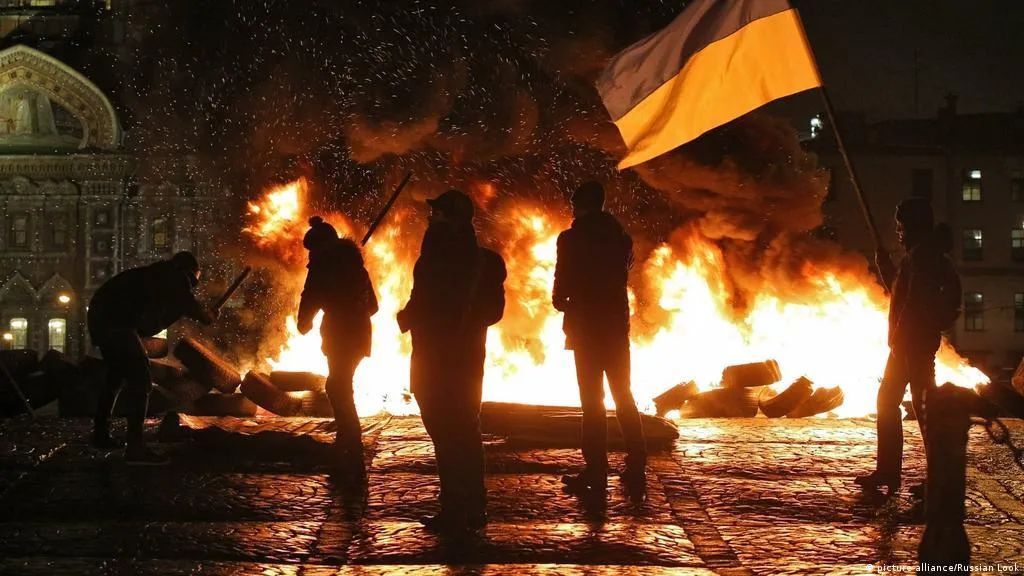
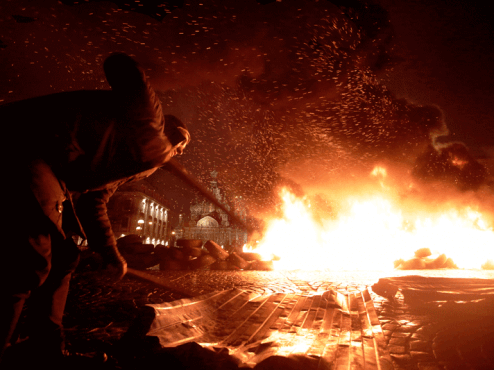
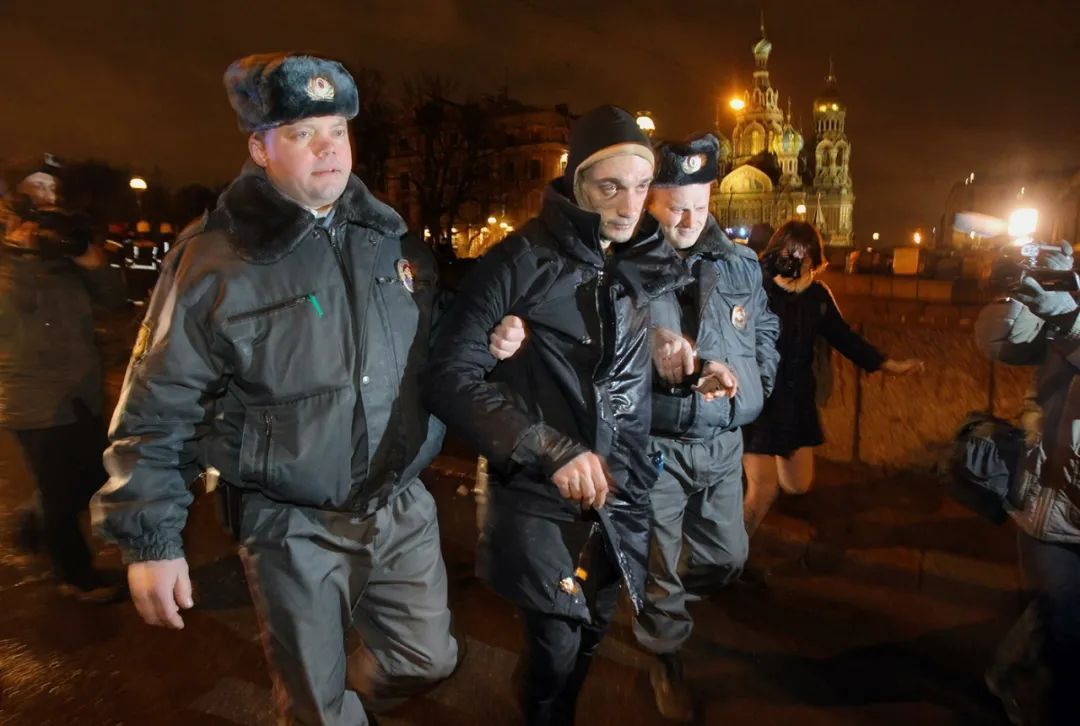
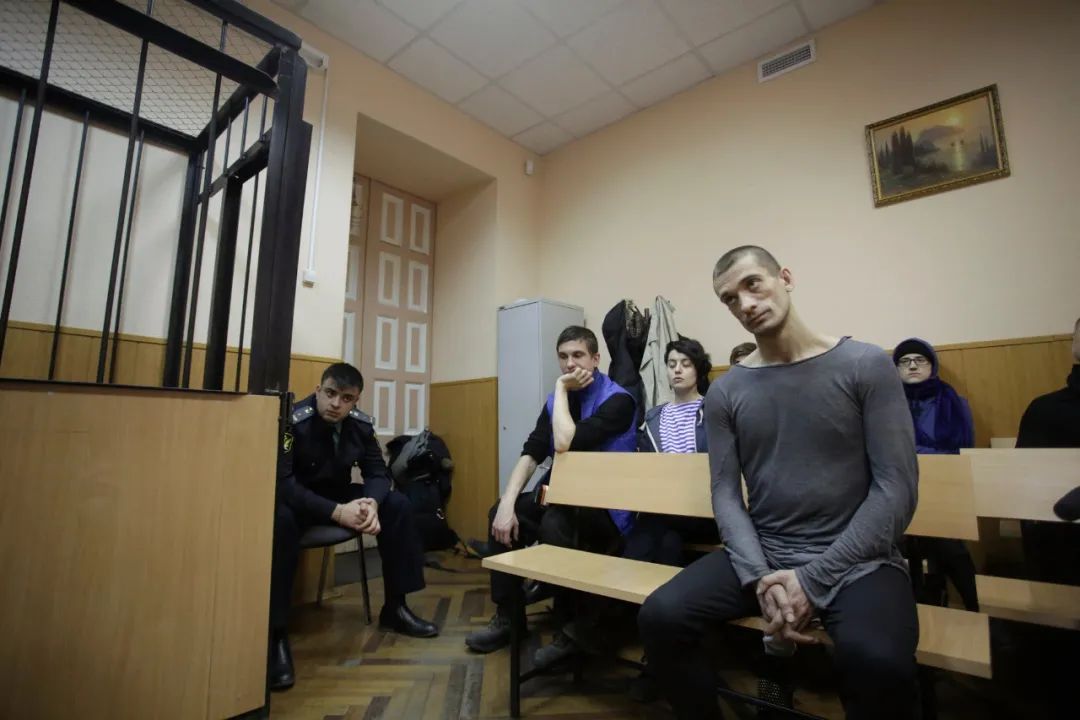
Quarantine in 2015
On October 19, 2014, Pavlensky sat naked on the roof of the infamous Serbsky Center and had part of his right earlobe cut off, sitting quietly in the wind for two hours. This act is a protest against the politically motivated use of forensic psychiatry. The lower earlobe, in his view, represents an unimportant part, expressing that the government can use psychiatry and medical diagnosis to "cut" individuals from society. This artistic move is also a tribute to Van Gogh.
Serbsky Center, known in its full name as the Serbian National Scientific Center for Social and Forensic Psychiatry, conducts more than 2,500 court-ordered psychiatric evaluations each year. The Serbsky Center is now headed by Zurab Kekelidze, chief psychiatrist at the Russian Federation Ministry of Health and Social Development, who believes homosexuality is a mental disorder in some cases and is not excluded from the list of mental disorders.
"It was a very important step for me - to understand how it changes me when a person becomes an artist, becoming stronger than them, overcoming their inertia. I don't think an artist should be just An isolated and contemplative being. An artist has no right not to take a stand."
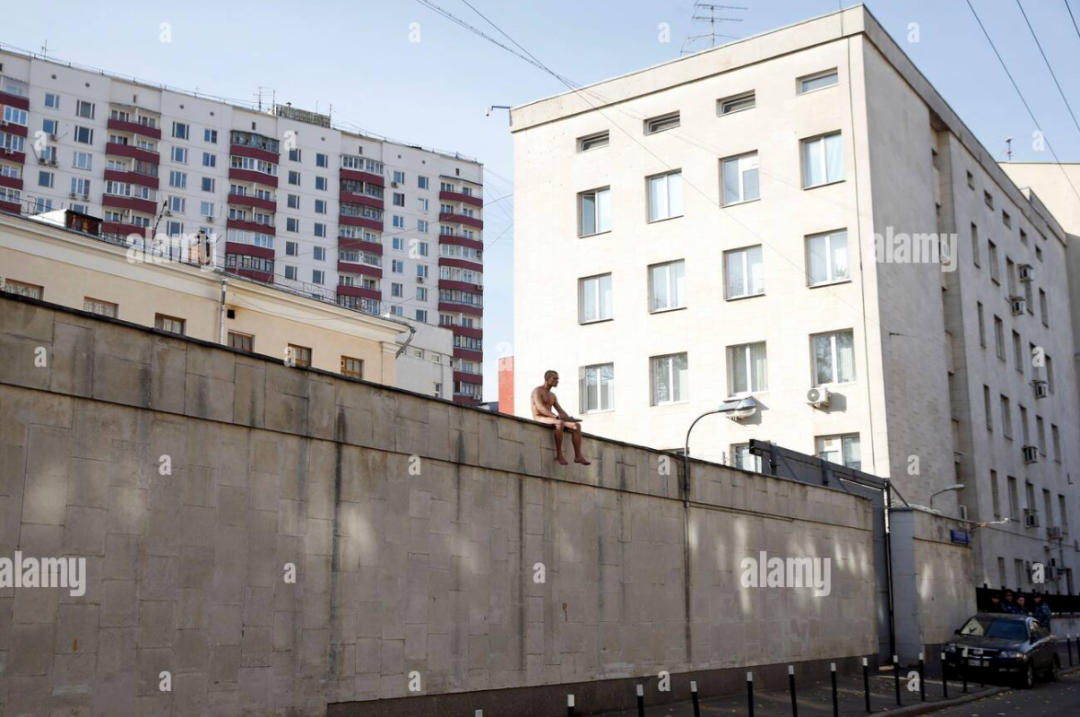

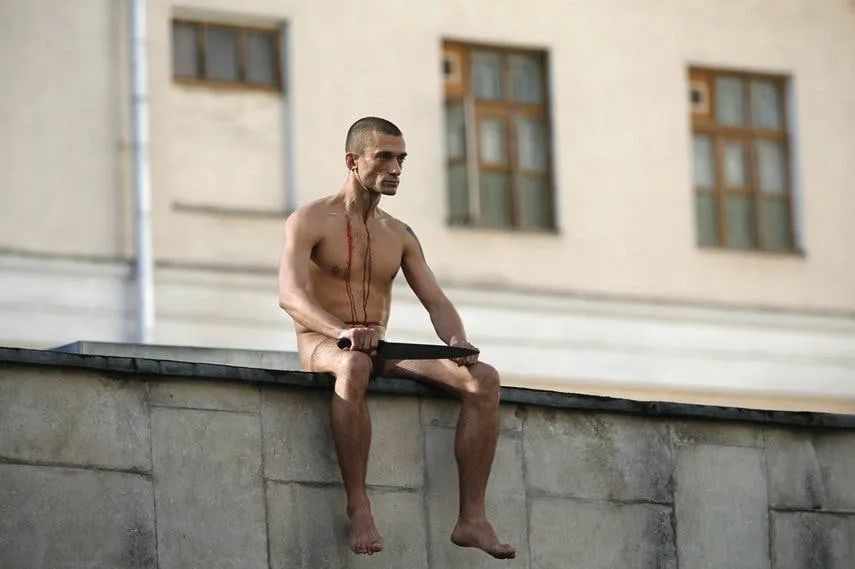

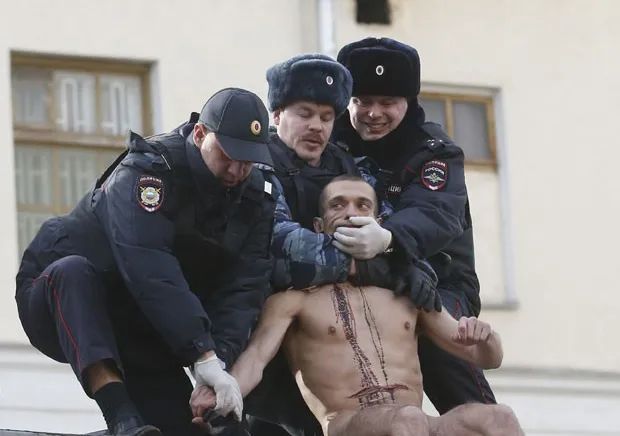
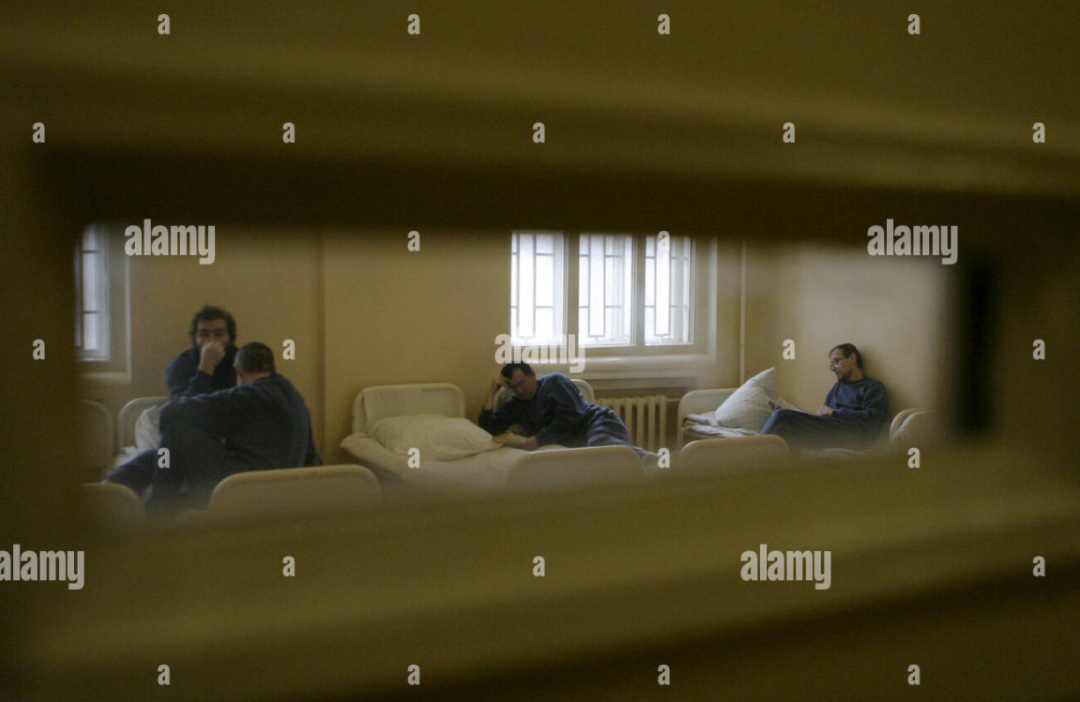
2015 Threats
At 1:15 am Moscow time on November 9, 2015, Pavlensky came to the first entrance of the Lubyanka building of the headquarters of the Russian Federal Security Service, doused the front door with gasoline and lit it with a cigarette lighter, the building's The door was partially burned. Pavlensky awaited arrest, was detained after 30 seconds without resistance, and charged with debauchery. Hours after the incident, a video emerged online explaining the meaning of the burning.
The criminal case against Pavlensky opened on November 9, 2015, under the "wilful sabotage" section of Article 214 of the Russian Criminal Code. He was held in a mental ward for several weeks and spent seven months in jail awaiting trial. According to gallerist Marat Gelman, the move shows "clear symbolism" for Pavlensky. "The Lubyanka Gate is the gate of hell, the entrance to a world of absolute evil. Against the backdrop of hellfire is a solitary artist, waiting to be captured... Pavlensky at the FSB The figure at the door is on fire - a very important symbol of contemporary Russian politics and art."
Judgment is also part of the work. He was first charged with "destroying cultural heritage sites". According to the Russian Joint Security Service, the door is a great cultural heritage, as many talented people were tortured behind it. But it was later found to be a replica, and Pavlensky has been demanding that he be charged with "terrorism." When the whole thing became too realistic to continue, Pavlensky was released, only to get a fine. On June 8, 2016, the Moscow Criminal Court declared Pavlensky guilty of vandalism and sentenced him to a fine of 500,000 rubles, which Pavlensky refused to pay.

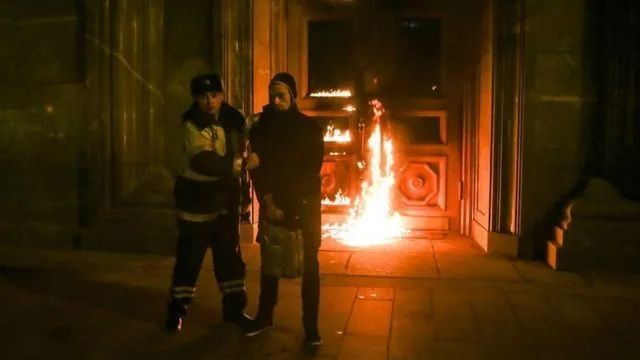

related comment
In the Russian art world, he was praised for his performance on Red Square, with one calling it a "powerful gesture of utter despair" and another calling it a "manifesto of the weak". Others asked why the security forces patrolling Red Square had allowed Povlansky to perform for so long. One blogger sarcastically tweeted: "Artist Pavlensky pinned his tweet to the testicles."
In 2016, Pavlensky was nominated for the top Russian state-level art award, the government-sponsored Innovatsiya Prize for this work, but the nomination was not received by the organizer, the Russian government-run National Contemporary. Arts Center Support. They cancelled the award on the grounds of breaking the law, and the center's director, Mikhail Mindlin, released a statement saying Pavlensky's nomination was rejected because his work allegedly "destroyed" Law, resulting in property damage", the artist's nomination was also officially rejected. AFP said that, in fact, this performance art work was the one that received the most votes among the jury.
Pavlensky was removed from the shortlist, leading to a series of jury members choosing to withdraw from the jury. Eight curators, including Dimitri Ozverkov, head of the contemporary art department of the State Hermitage Museum in St. Petersburg, withdrew at the time, and half of the committee members agreed to cancel the Return to the committee under the conditions of the entire art category selection.
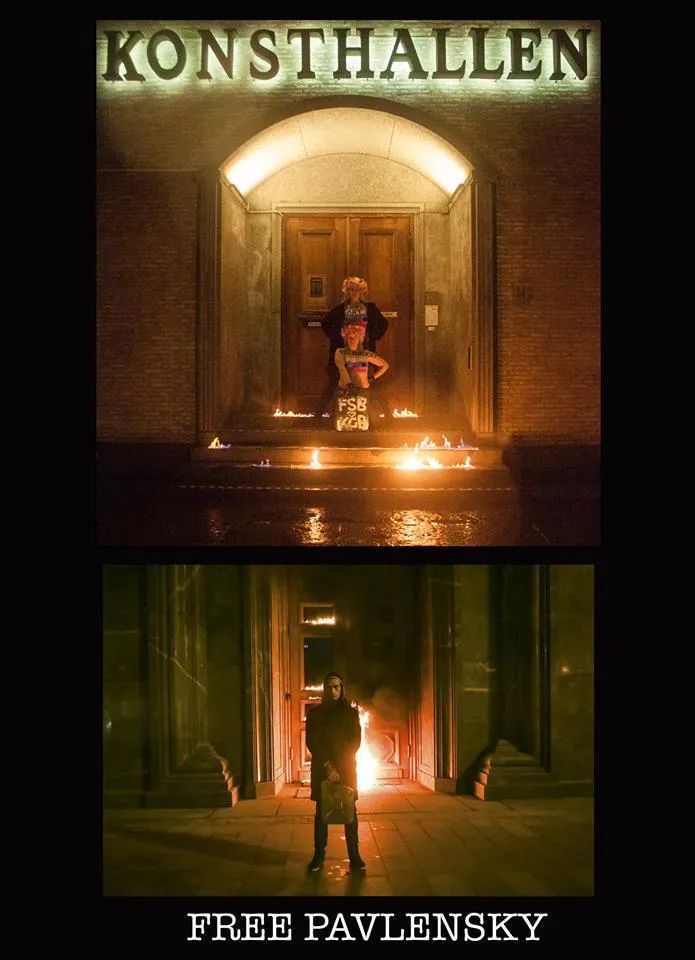
Pavlensky's girlfriend, Oksana Shalygina, wrote on Facebook after the award's art category was cancelled: "Pavlensky wins. He destroys the country. Machine. (His) only option is to go all the way!" Art News reported that Torstova, who nominated Pavlensky, wrote on her Facebook page: "The Innovation Award is not a prosecutor It's the decisions of industry experts. So I don't feel obligated to endorse censorship and be part of the state apparatus."
In Russian opposition circles, Pavlensky was once a star. He appeared to be "a lone hero fighting against the system," Vinnick said, "in fact, his actions were made possible with the support of his partners and anarchists." Nadezhda Tolokonnikova of Pussy Riot once said: "Pavlensky is the mind, conscience and courage of an era."
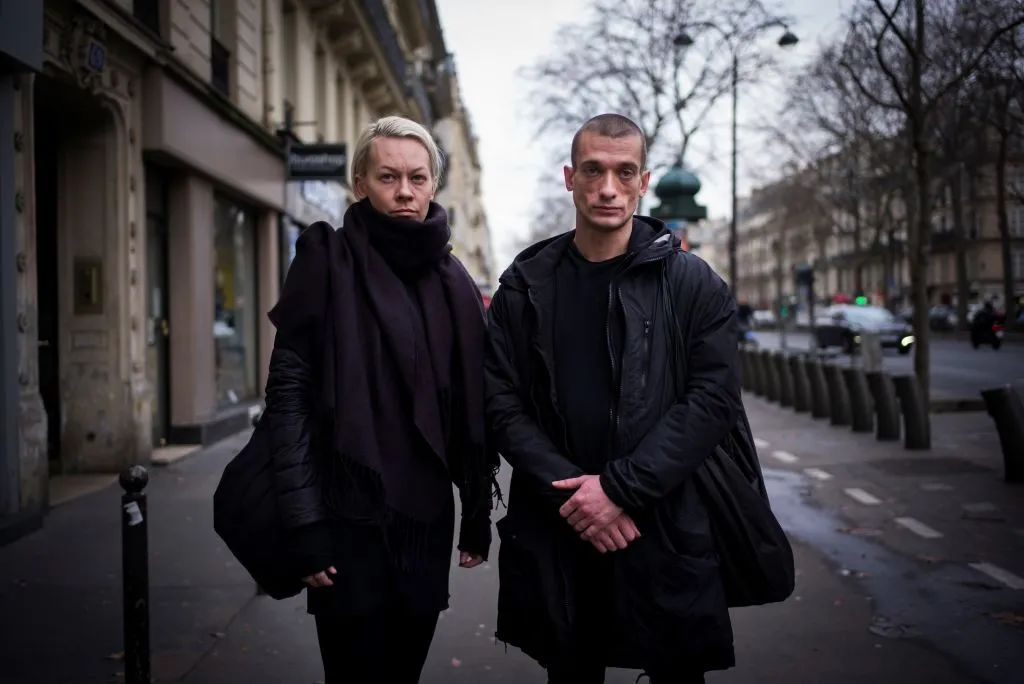
rest of the information
Born into a conformist and relatively comfortable Soviet family in Leningrad (now known as St. Petersburg) as an only child, Mr. Pavlensky said he first realised his father was a faithful servant of the established order, he said. to the danger of attributing faith to state power. After the collapse of the Soviet Union in 1991, he was 49 years old and died of drunkenness. "It was a chronic suicide," he recalled of his father, a geologist who had spent his entire career at the National Institute and never recovered from the collapse of the Soviet Union. "He put all his trust and hope in this regime," Pavlensky said. His mother, a retired nurse, is still alive and living in St. Petersburg.
He said his parents, though at odds, encouraged him to pursue his interest in art and supported his decision to enroll at the Stiglitz State Academy of Art and Design, a prestigious art school in St. Petersburg. He became increasingly interested in politics and dropped out in his final year of studies after deciding that earning a diploma would branded him a "servant of the system".
Unrelenting and combative in his artistic performance, Mr. Pavlensky is surprisingly gentle, though his cheeks and shaved head, scarred by the New Year's Eve battle, give him a life-like aura. Aura of fear. He is unemployed, penniless and sometimes apologetic for having to ask for money to pay for a taxi home. Other clients of his Paris lawyer Juan Branco, including members of the yellow vest protest movement, are helping him pro bono.

References
- Petr Pavlensky
- Pussy Riot
- What is Pyotr Pavlensky playing at?
- France Charges Dissident Artist Pyotr Pavlensky With Invasion of Privacy for Leaking a Paris Politician's Sex Tape
- An Artist Who Aspires to Be 'a Bone in Everyone's Throat'
- Serbsky Center
- Pavlensky, the most famous Russian performance artist you need to know
Action is the only character of man
Like my work? Don't forget to support and clap, let me know that you are with me on the road of creation. Keep this enthusiasm together!

- Author
- More